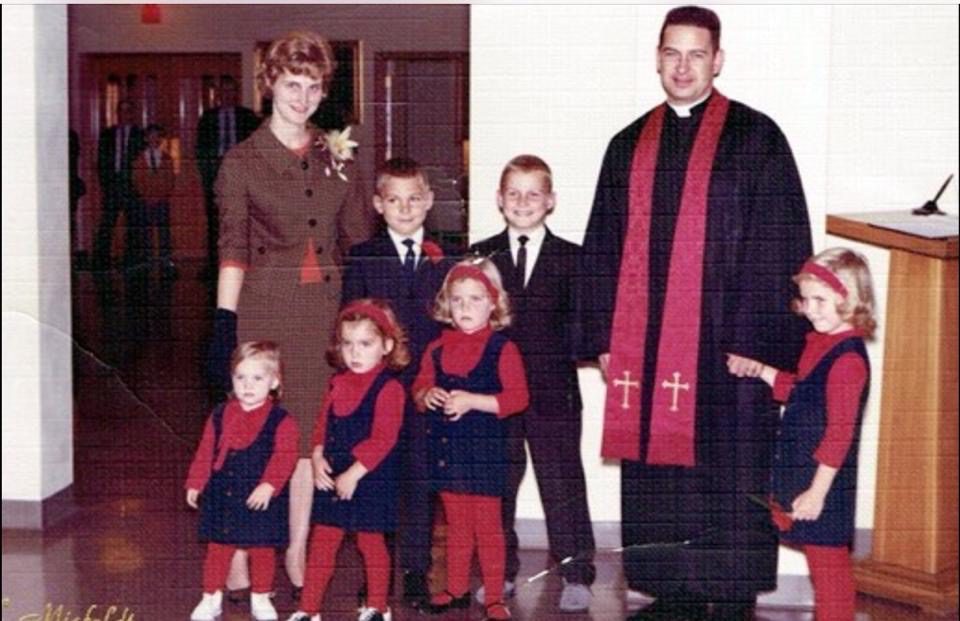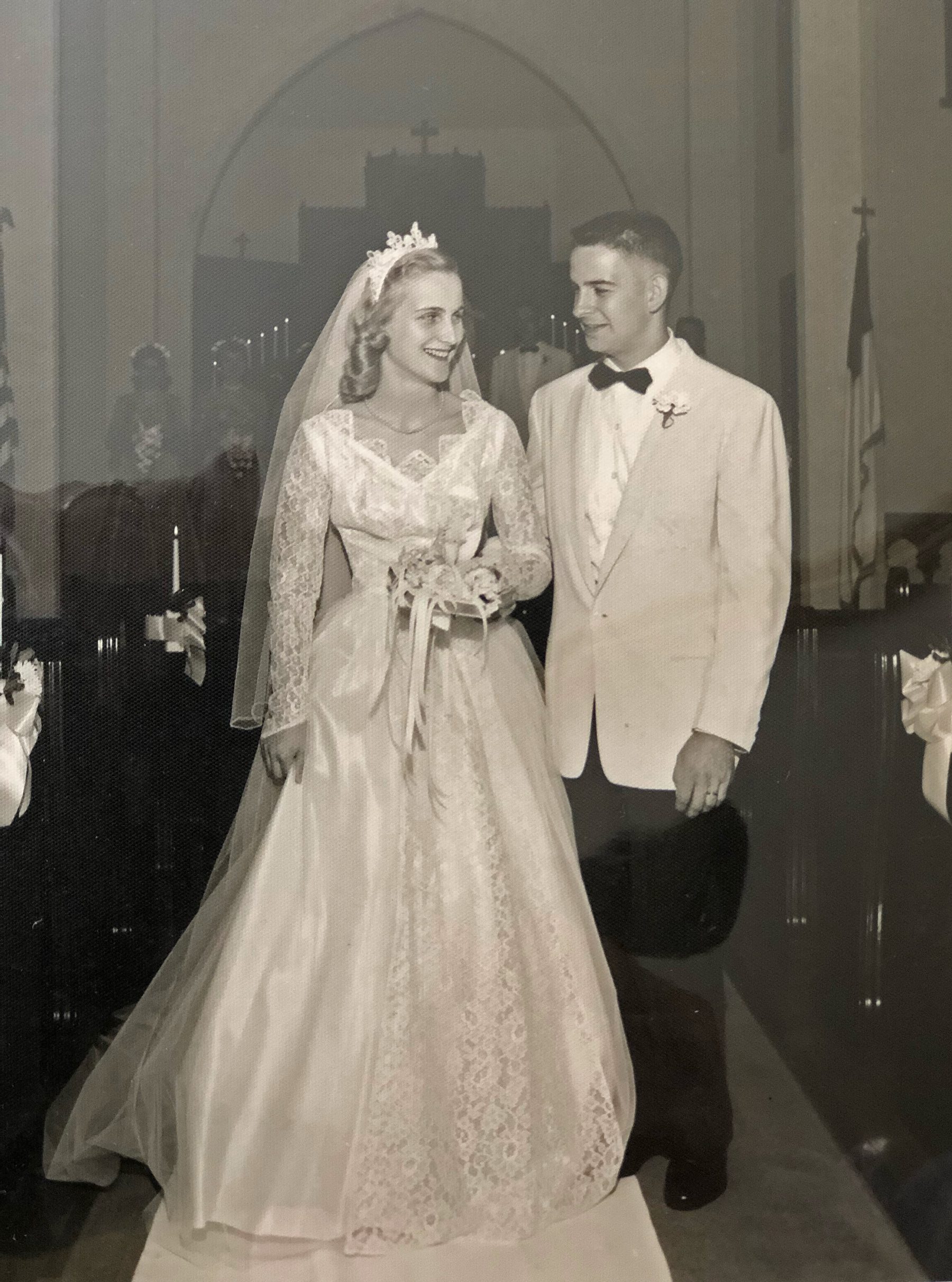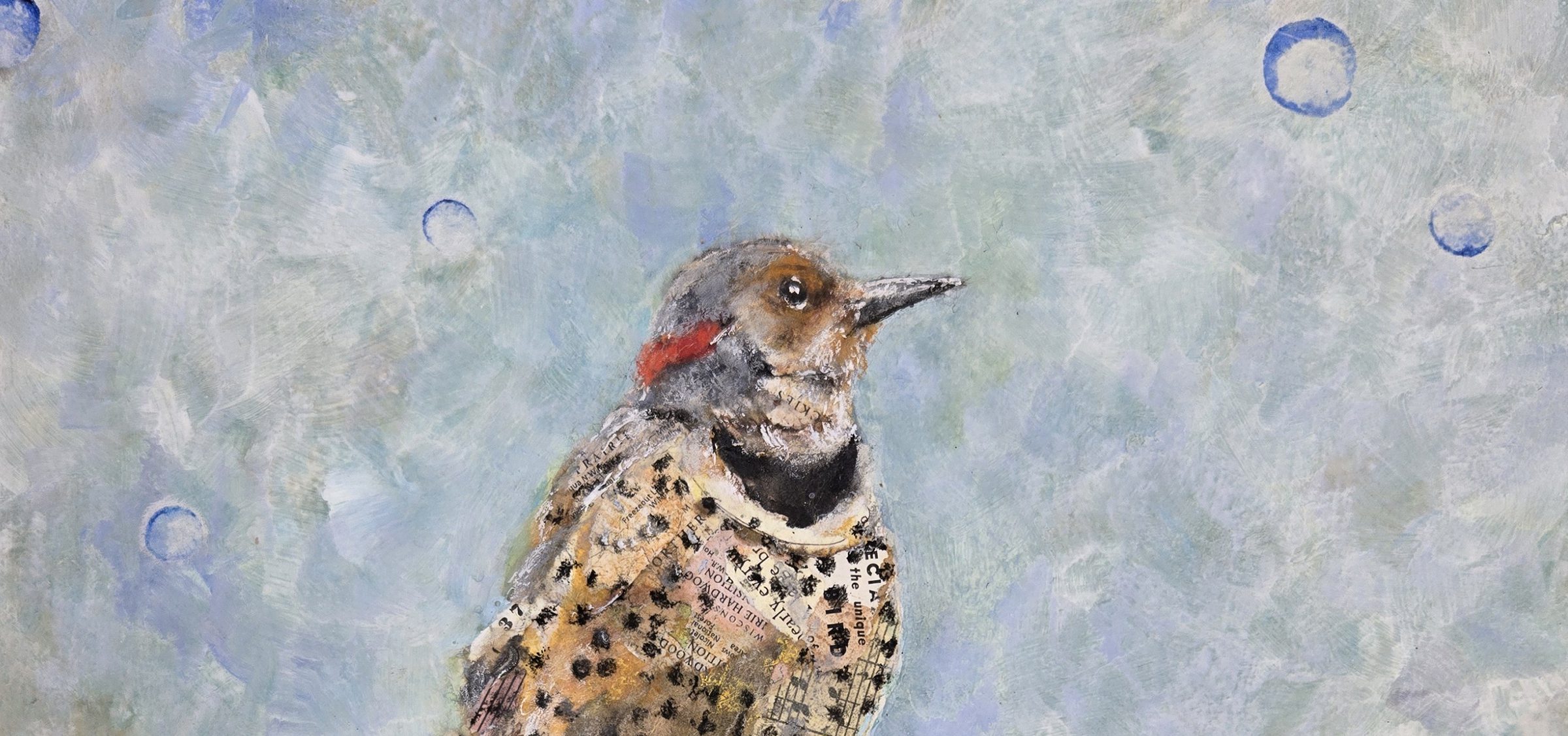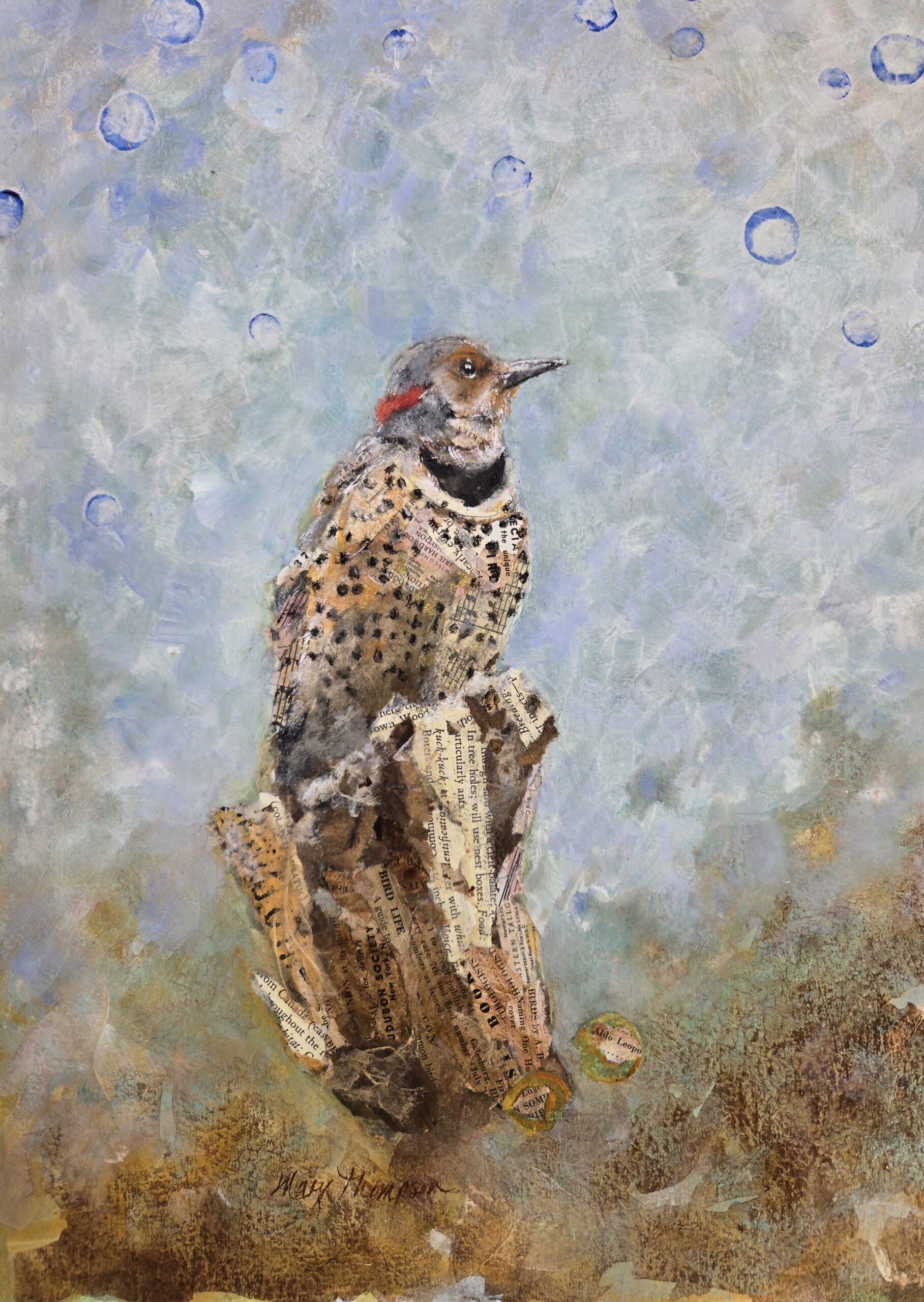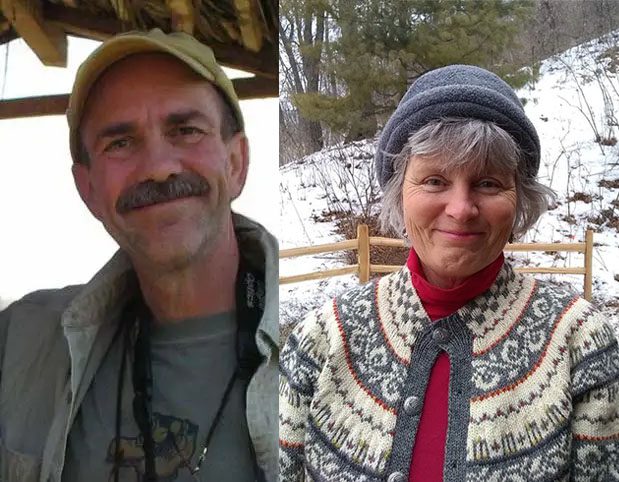
When the world feels full of darkness – both literally and figuratively – it’s easy to want to run away from it all. To cut yourself off and hunker down for the duration.
But the magic of life lives in the connections you make.
Connection can fit into a lot of different categories. Connection with yourself. Connection with another person – your partner, your kid, your parent, your neighbor. Connection with a group – a book club, folks in your neighborhood, your extended family. Connection with nature. Connection with your pets. Connection with your work.
It’s up to you to find the connections that best serve you. And sometimes you’ve really gotta push yourself out that door to make it happen. It can be hard! Trust me, I get it.
I’ve learned in recent years that I’m what’s called an “ambivert” – I have tendencies of both extroverts (hello, cheerleading background and putting myself out there each quarter in this very magazine) and introverts (Read all the books! Watch movies on the couch! Putter around the house!).
I feel most closely aligned with introverts, to be honest. Sure, I’m good in a crowd and can talk to pretty much anyone, but I love a quiet house and hours to myself. But there is always a tipping point, when alone time wavers over into loneliness, and I recognize that I need contact and connection to feel whole and grounded and part of this planet.
When I was thinking about the themes for this entire year, including this winter issue, it was early 2024. A whole calendar stretched ahead, full of promise and possibility. Now, here we are, at the end of that year. What have you learned about yourself and others? What types of connections do you need? What sorts of possibilities are ahead for you in 2025?
(Hint: Read our 8 Tips for Finding Connection below, then hop over Inspire(d) Mental Health writer Olivia Lynn Schnur’s piece about connection to get some more ideas.)
Every day is an opportunity to learn more, change perspectives, do something different. Every day is an experiment in humanity. And we’re all connected through that humanity. We’re all in this together. So: My hope, this winter season, is that we all find the collective strength to work toward a better future.
Happy New Year, dear readers. You inspire me.
XOXO,
-Aryn

8 Tips for Finding Connection
1. Assume positive intent
When you approach people with suspicion, you’re likely to find suspicious behavior. When you approach them with honesty and openness, it’s often reflected back
2. Put in the effort
Anything worthwhile is going to take some doing / planning / willingness to put yourself out there. Looking for a place to start? Do activities you enjoy…in public. Odds are you’ll find a like-minded individual you might hang out with in the future.
Want to push yourself? Try learning something new – and meet others doing the same thing!
3. Skip the small talk
People are generally sick of it. Don’t be afraid to dive into questions you actually care about – if the people you’re asking care about them too, you’re more likely to find connection
4. Put down your phone
(Wonder how many times we’ve put this phrase in an infographic?)
We can’t say this often enough. If you’ve got someone across the table / in the room / present with you, you should be present with them. Put your device away and do real life conversation. Listen. Be heard. Repeat & enjoy!
5. Extend and accept invitations
Show appreciation for new connections.
6. Be yourself!
It can be awkward and make you feel vulnerable, but you’re looking to find people who connect with you – so you gotta be your own genuine, authentic brand of you!
P.S. Understand you’re not always for everyone – and that’s okay!
7. Be aware of your social stamina
Not everyone gets energy from being around others. Don’t be hard on yourself if you need some time to recharge your extrovert battery for the next outing.
8. Connect with yourself.
Try these ideas:
Journaling
Counseling Sessions
Meditation
Taking walk in nature
Making a vision board
Check out our Mental Health section to explore even more prompts that help you look within.






